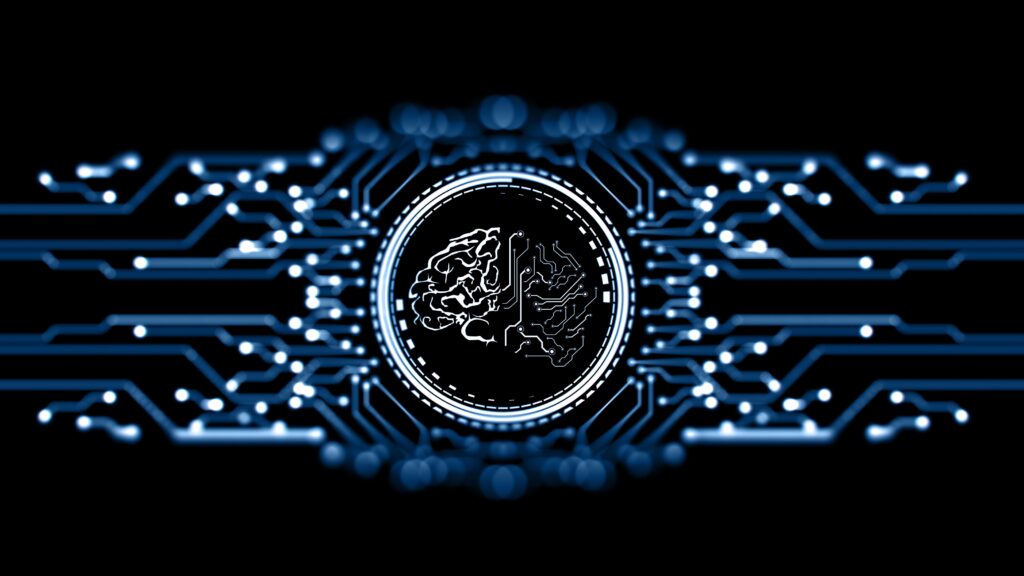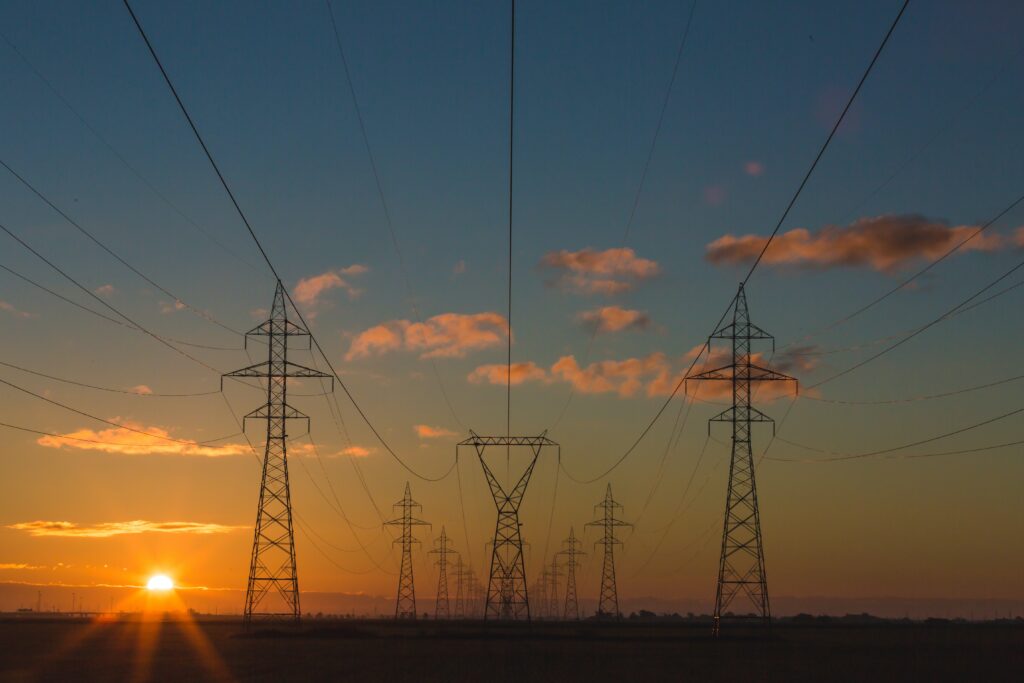Introduction
The world is at a crucial juncture, with the transition to a low-carbon economy becoming more urgent than ever. The rise of intermittent renewable energy sources, combined with the need for a stable energy grid, has created both challenges and opportunities. In this article, we delve into the transformative role of Artificial Intelligence (AI) in the renewable energy sector. From enhancing energy efficiency to predicting demand, AI is revolutionizing the industry and shaping a greener, more sustainable future.

Unlocking the Power of Renewables with AI
Renewable energy’s rapid growth comes with a crucial challenge – maintaining grid stability. As fossil fuels wane, AI emerges as a game-changing technology for integrating renewable energy efficiently. Its predictive capabilities are improving demand forecasting and asset management, while automation is driving operational excellence, yielding cost savings and competitive advantages for stakeholders. In this new era of the Fourth Industrial Revolution, AI is becoming an indispensable tool for grid operators, developers, and consumers.
AI’s Role in Predicting Capacity and Enhancing Grid Stability
With an increasing influx of megawatts from variable renewable sources, predicting capacity levels is paramount for grid stability. Traditional forecasting methods relied on limited weather models, offering a narrow view of variables affecting renewable energy availability. AI has revolutionized this process by combining self-learning weather models, historical data, real-time measurements, sensor networks, and satellite imagery. This integration has improved solar forecasting accuracy by up to 30%, reducing operational costs and carbon emissions.
AI’s ability to predict not only weather but also societal events and behaviors, such as energy consumption during holidays or large-scale events, empowers generators and energy traders. Accurate forecasting allows them to bid in wholesale markets efficiently, ultimately leading to financial gains.
AI for Grid Operators and Energy Traders
For grid operators, AI ensures optimal power grid utilization by adapting to real-time weather conditions. More accurate short-term forecasting enables better unit commitment and dispatch efficiency, improving reliability and reducing operating reserves. Grid operators can predict renewable energy output more accurately, thereby making coal plants and other conventional generators more efficient.

AI for Cost Savings and Consumer Benefits
AI’s impact extends to utility providers and consumers. AI algorithms process data from smart meters to predict network load and consumption habits, reducing utility bills. For instance, AI predicts a building’s thermal energy demand to optimize home solar and battery systems, saving consumers money and ensuring uninterrupted operations.
Flexibility and Battery Storage
Battery storage is a crucial element in achieving demand flexibility, with AI playing a pivotal role. AI predicts and manages energy storage, minimizing the need for backup energy sources during peak demand. This results in cost savings and more efficient energy use.
Challenges and Solutions
While AI offers immense potential, challenges like poor data, consumer mistrust, and regulatory barriers exist. Cybersecurity concerns have arisen, but operational technology systems are isolated from information technology systems, making large-scale attacks unlikely. Data quality and ongoing algorithm verification are vital for AI’s success.
In addition, a lack of reliable connectivity in rural areas can limit AI’s potential, especially in low-income markets. Overcoming initial mistrust from consumers and addressing regulatory barriers are essential for widespread AI adoption.

The Role of AI in Project Viability
AI is also instrumental in determining project viability, especially for investors and developers. Image recognition and AI validate open-access data, helping identify technical and financial risks for renewable energy projects. This technology is a game-changer for the renewable energy sector, providing accurate data to assess projects’ feasibility quickly and efficiently.
R&D for AI’s Future
Further research and development will lead to more effective AI applications and lower costs, just as it did for solar energy. Governments are investing in AI, recognizing its potential to transform the energy sector. The most sophisticated market participants are turning AI concepts into scalable applications, de-risking the sector for others.

Conclusion
The renewable energy industry is evolving rapidly, and AI is at the forefront of this transformation. As the world marches towards a net-zero future, AI’s ability to seamlessly integrate intermittent renewable energy into the grid will be indispensable. In this new era, AI is revolutionizing renewables with improved demand forecasting, superior asset management, and operational excellence, ensuring a stable and reliable grid. The AI revolution is paving the way for a greener, more sustainable energy future.
Thank you and respectfully,
Sergej Marojevic
CEO & Co-Founder

